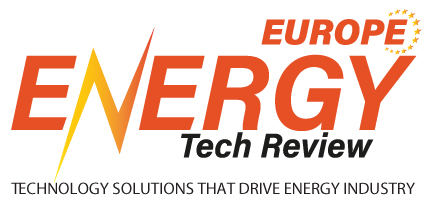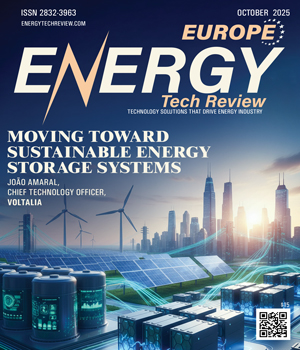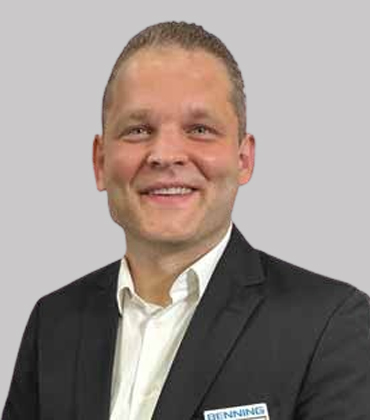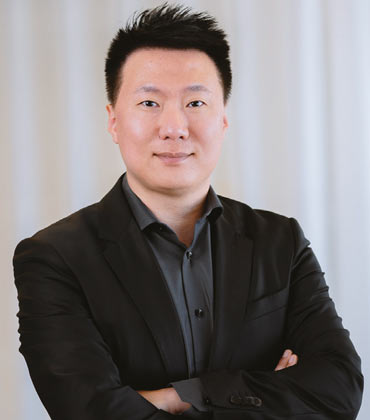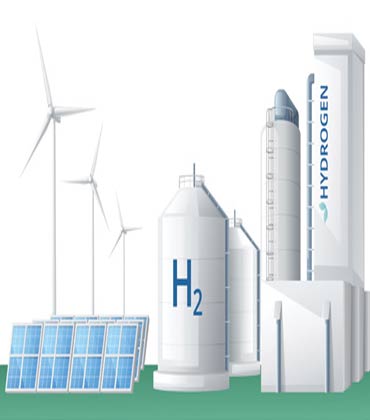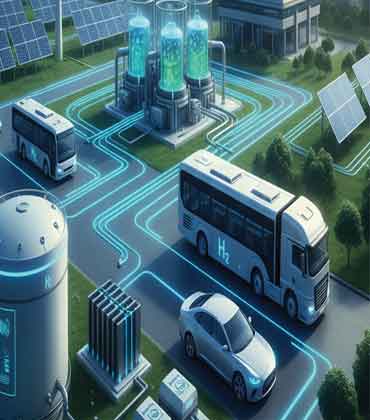Energy storage systems have today a great focus and attention from the market. As the pressure to bring decarbonization and significantly increase the percentage of renewables integrations onto the grid, utilities and IPP rush to bring the best technologies available today and predict the winning technologies in the future. Venture capitals, business angels, investors in general speed to invest in companies that may bring disruption. And it seems to be enough space for all. There is a massive contribution from all sectors, not just renewables. We move toward a massive electrification of things “Lets call it EoT per complementarity of IoT”and an increasing need to bring power and capacity to mobility and mobile devices. This means that we have seen a huge evolution in all scales of storage, and this also means energy storage systems. Albeit today storage is often confused with Battery Energy Storage Systems (BESS), we have many other ways to store energy, being the most popular mechanical, thermal, chemical, each with its pros and cons. The advantage of the growth in today’s current storage outlook, with BESS, is its modularity, the capability to provide all kind of grid services being extremely flexible and the powerful combination with wind and especially solar “As the inverter units may be shared. It is a significant advantage to combine the two systems, and the scale may be utility or even small domestic. As main disadvantages today.” The degradation, regulation and still limited supplier and knowledge bases.
Hydrogen Fuel Cell Technology Company of the Year in Europe 2025
As industries transition away from diesel, the race intensifies to find a power source that can deliver both strength and reliability for modern demanding operations. French pioneer INOCEL is rising to this challenge, positioning itself as a comprehensive hydrogen solutions provider, poised to revolutionize stationary power generation, shipping, and heavy transport applications. “Our goal is to make hydrogen a reliable, everyday energy solution for operators, without compromising performance or efficiency,” says Jules Billiet, CEO, Hydrogen Fuel Cell Solutions at INOCEL. INOCEL combines cutting-edge technology, operational expertise, and infrastructure support in a unified ecosystem. This integrated approach guides customers through every stage of the hydrogen transition, from planning & financial optimization to project execution and long-term services. By eliminating common barriers to adoption, INOCEL helps operators meet emissions regulations, reduce risk, and scale solutions to address both current and future energy demands. Practical Solutions for Real-World Challenges INOCEL leverages its full-value-chain expertise to deliver turnkey, sector-specific hydrogen solutions that make adoption practical across stationary power generation, shipping, and heavy transport. Customers benefit from complete, fully decarbonized modular and scalable systems, from 300 kVA to several megawatts, engineered for day-one operation. The company offers specialized solutions tailored to industry needs. Driven by strong market growth expectations fueled by the increasing demand for electrification and decarbonization incentives, the stationary and mobile power markets are projected to experience rapid expansion. INOCEL solutions address several power generation needs: 1. The GEN-Z portfolio starting at 300 kVA is an ideal all-in-one containerized solution for mobile or remote applications such as construction sites, events, and similar locations, where a few hundred kilowatt of power are required in a modular, containerized format. 2. Large Infrastructure: The same system is scalable up to tens of megawatts through modular, plug-and-play integration of multiple fuel cell units. This scalability allows flexible power deployment for energy-intensive sites currently lacking reliable grid access such as ports, data centers and the integration of smart grid services..
Power Generation Solution
For almost a century, BENNING has been manufacturing and developing smart solutions for converting energy into multi-purpose, storable energy. It is focused on the true uninterruptible power supply (UPS) and energy storage markets, offering sustainable, safe, and efficient solutions to its customers worldwide. The company takes a unique industrial market approach by incorporating UPS into its islanding technology, a strategic move that ensures continuous power supply. This innovative approach underpins the company’s commitment to providing uninterrupted, dependable operations, reinforcing its status as a leader in the energy conversion industry. “We ensure that a consistent and stable power supply is maintained at the output regardless of fluctuations or disturbances in the input,” states Alexander Proemel, Industrial Product Manager at BENNING. The firm provides its clients with an advanced, hot-swappable, modular and highly scalable storage system based on an AC UPS with real UPS functionality. BENNING’s real UPS is a double-conversion UPS architecture with a rectifier, a DC link, and an inverter. This system is notable for its ability to incorporate a bi-directional charger, which promotes dynamic energy management and allows for the execution of battery capacity tests. In addition, the battery port serves as a critical junction for the battery and the inverter, which is central to the system’s architecture. BENNING’s innovative system efficiently generates and administers grids, making it particularly useful for applications like integrating islanding PV systems. The bi-directional charger also enables clients to redirect excess energy back to the grid, engaging in peak shaving and optimising energy consumption. The firm’s intelligent solution is designed for highest system availability, thereby catering to industrial applications, regenerative produced power and microgrids. The system’s control strategy is instrumental in moderating the battery’s decay rate, extending its cycle life, and improving the energy storage system’s economic feasibility. This strategic approach significantly accelerates the investment’s break-even time. The system’s transformerless design ensures maximum efficiency, allowing the UPS to operate effectively with a 400-volt input grid without additional assistance.
Lithium-Ion Battery Separator Film Solution
The applications for high-powered lithium-ion cells are on the rise, increasing the emphasis on their safety and reliability. One of the most crucial components contributing to their safety is the cell separator, a thin, porous membrane that facilitates ion transport between the anode and cathode while preventing short circuits and overheating. The quality and design of these separators are imperative to a battery’s capacity and life cycle and are integral to its overall safety profile. In this context, partnering with experts in separator design becomes indispensable for businesses navigating the evolving landscape of lithium-ion technology. Senior Material (Europe) AB is a prominent supplier of separator films in the lithium-ion battery sector, known for its advanced technology that guarantees a secure and dependable energy flow within batteries. It has the ability to manufacture the finest separator film, with a thickness of 5 micrometers in mass production, as well as a single ultra-thin coating layer down to 0.5 micrometers. Senior Material (Europe) AB works closely with its customers to create innovative solutions, processes, and materials that push the boundaries within battery lifetime, safety, and reliability. “We are dedicated to establishing a strong local base, using our expertise and technological know-how to provide the finest separator film to an expanding network of European and global battery manufacturers rapidly and on a large scale,” says Jason Hai, CEO of Senior Material (Europe) AB. The company’s product portfolio consists of three types of separator films—dry separators, wet separators, and coated separators. For the dry-process separators, polymers are melted and unidirectionally stretched. This method is cost-effective and allows for customization options while also providing high mechanical strength. In addition, the pore structure of separators produced through this process is more uniform than those produced through the wet process. Wet-process separator films undergo stretching in two directions, yielding excellent mechanical strength and low resistance. These membranes enhance energy density, strength, and safety in lithium-ion batteries. The coated separator films, whether dry or wet processed, may incorporate one or more coated layers to enhance functionality, addressing specific customer needs for heat resistance, long-term cyclability, and safety. The technology employed in these films guarantees thermal stability and minimizes self-discharge, thus meeting various manufacturing demands and achieving the desired performance of batteries.
CXO INSIGHTS
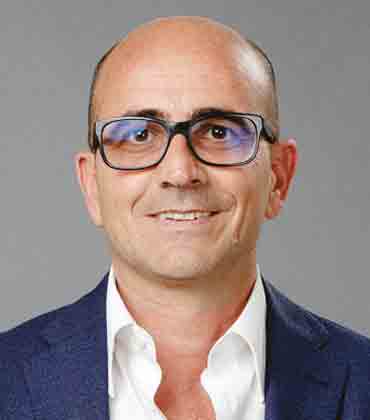
Agile & fail-fast way of working set up
Marco Barra Caracciolo, Chairman and CEO, Italgas
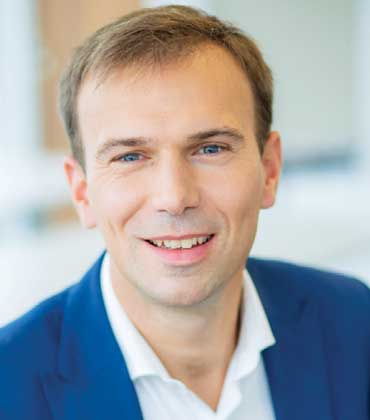
Committed to Developing the Hydrogen Projects of Today and Tomorrow
Vincent Designolle, Director, Delphy Hydrogen Storage, Vallourec
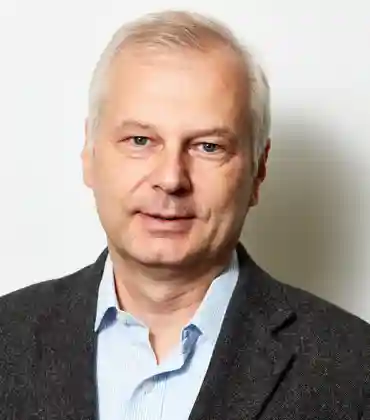
Green Hydrogen - A Game Changer
Rudolf Zauner, Senior Innovation Manager, VERBUND AG

The Journey Towards a Low-Carbon Future
Tim Harwood, Hydrogen Programme Director, Northern Gas Networks
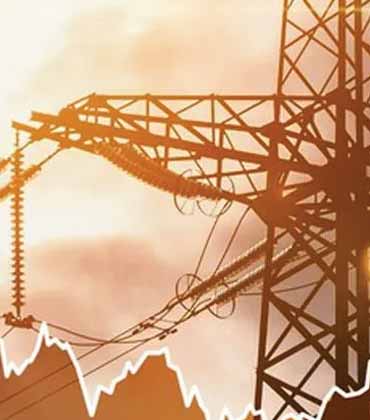
Scaling up in the Energy Sector: Challenges and Opportunities Ahead
Mark Schaefer, Senior Program Manager Digitalization, Siemens Energy
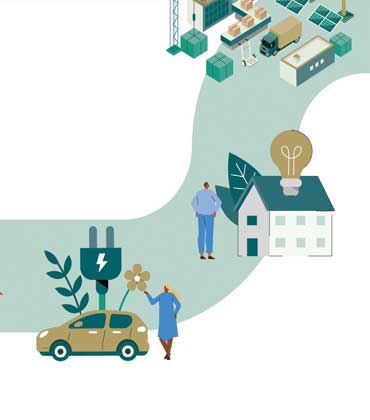
Leading Innovation in Renewable Energy
Alexander Vogt, Head of Metering Services, LichtBlick SE

Ushering in a New Era of Renewable Energy
Dr. Tryggvi Thor Herbertsson, Global Head of Hydrogen Strategy and Partnership, Qair Group
IN FOCUS
Hydrogen Fuel Cells and the New Energy Order in Europe
Europe is rapidly advancing its hydrogen economy, driven by ambitious decarbonization goals, significant investments, and supportive policies, positioning it for growth in the fuel cell sector.
The Emergence of a Virtuous Cycle: Europe's Circular Hydrogen Economy
Europe is embracing a circular hydrogen economy, transforming waste into clean energy, promoting sustainability, reducing its reliance on fossil fuels, and supporting interconnected sectors to achieve a decarbonised future.
EDITORIAL
The Hydrogen Edge in Energy Transformation
Hydrogen fuel cell technology is steadily gaining momentum as nations seek cleaner, more sustainable energy alternatives. Unlike fossil fuels, which emit harmful greenhouse gases, hydrogen fuel cells generate electricity by combining hydrogen and oxygen, with water vapour as the only byproduct. This makes them a powerful solution for reducing carbon footprints while meeting growing energy demands. The appeal of hydrogen lies in its versatility, such as powering vehicles, supporting grid stability, and providing reliable backup energy for industries and communities. For transportation, hydrogen fuel cells offer faster refuelling times and longer driving ranges compared to battery-electric options, making them particularly suited for heavy-duty trucks, buses, and trains. Their ability to store large amounts of energy makes them a valuable complement to renewable sources like solar and wind, which face challenges related to intermittency. Despite its promise, the widespread adoption of hydrogen fuel cells still depends on overcoming barriers like high production costs, infrastructure gaps, and reliance on non-renewable sources for hydrogen extraction. Continued investment in green hydrogen production and fueling networks will be critical. In this edition, we highlight hydrogen fuel cells as a significant breakthrough in clean energy. With the ability to complement renewables and reduce dependence on fossil fuels, hydrogen fuel cells reflect the progress of clean technology. Continued focus on scaling green hydrogen and building infrastructure will determine how quickly this promise becomes reality. We also present insights from expert CXOs, such as Marcos Matijasevich, Head of Low Carbon Transition at Essar Oil (UK) Limited and Enoch Charles, Information Technology-Smart Grid Transport Manager at CenterPoint Energy, who offer their opinions on the currently used business practices. We hope that the valuable insights from industry leaders and the solutions and services featured in this edition will help you make informed decisions for your business.
